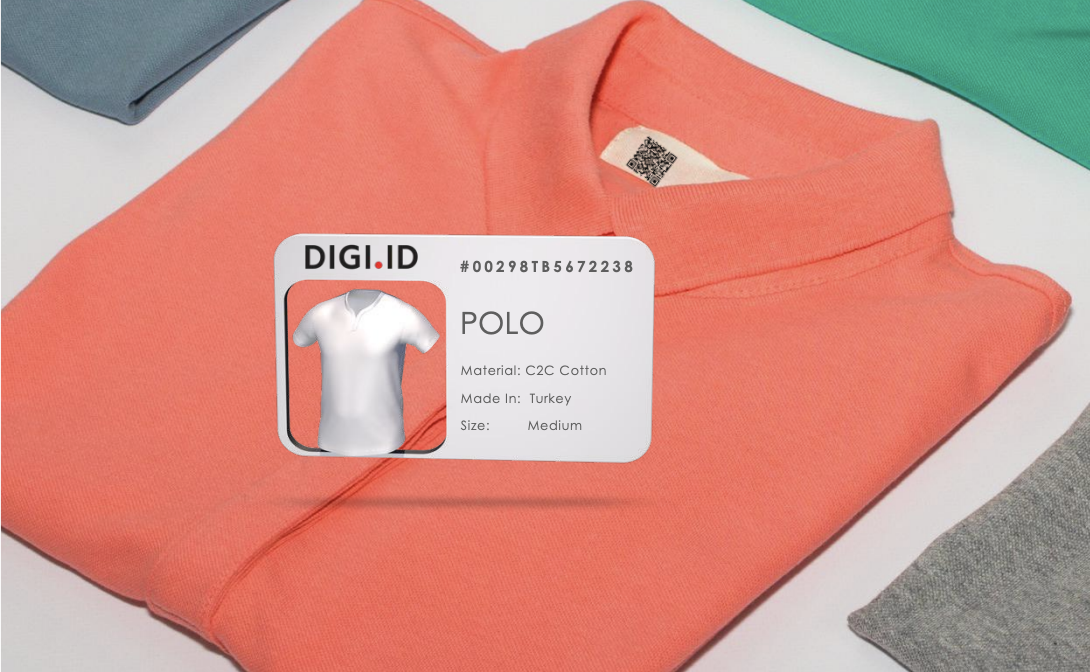California’s always been a trendsetter in the fashion industry, but they’re taking trends to the next level, spurring global transformations that go deeper than style. At the forefront of the sustainable fashion movement, California businesses and leaders are redefining what it means to be a green brand.
In this article, we’ll highlight the role the state of California is playing in changing the fashion industry for the better. We’ll also share the impacts of an event we are proud to have sponsored — SJ x Rivet: Sustainability — a Los Angeles conference held a month ago that brought together great minds of both sustainability and textile.
Let’s dive in.
California’s Role in Sustainable Fashion
The State of California sits at a unique spot as it relates to the fashion industry. On the one hand, the state is the birthplace of surf and skate style, the home of hundreds of celebrities and influencers, and one of the largest fashion marketplaces in the world.
On the other hand, California’s reputation as a global leader in environmental friendliness primes the state to drive substantive change within fashion — one of the most polluting industries in the world.
In 2024, California’s role in changing the fashion game only intensified. The state successfully passed the Responsible Textile Recovery Act of 2024 (SB 707), requiring all states with brands or companies operating or selling in California to manage the life cycle of their garments. This act follows closely behind Europe’s Extended Producer Responsibility legislation, which calls for a similar impact.
Insights from the SJ x Rivet Sustainability Event
As a sponsor of SJ x Rivet: Sustainability LA, we’re proud to highlight some of the incredible impacts of the event. Fashion leaders came together with environmental advocates and lawmakers to educate and inspire audiences on the way the fashion industry can — and needs to — change.
The full-day conference included panel discussions and workshops on topics ranging from circularity to changing regulations. Attendees left with a new understanding of how their organizations can improve the sustainability of their products for their consumers and the world.
One of the panels, featuring Kate Nishimura of the Sourcing Journal’s senior news team and Mindy McIntyre, the chief deputy director at Calrecycle, covered the topic of how extended producer responsibility can make a difference in California and beyond.
In a Sourcing Journal article on the event, writer Alexandra Harrell quoted McIntyre, who said:
“What EPR allows us to do is change our focus from ‘what do we do with it once it’s waste’ to ‘how do we make sure this never becomes waste [and] how do we maximize the value of this product.”
She continued, stating that “The No. 1 factor in whether EPR is successful or not, or whether there’s value to the industry and generally successful in meeting the state’s environmental and economic goals, is whether or not the manufacturers are invested in the success of that program. When there is energy from the folks that make these materials, we can really talk about some of the things that I heard: designing [by] looking at the end, at the beginning.”
Get inspired by California’s environmental trendsetting
There’s no doubt that a shift is happening in California — both in policy and in mindset — that is bound to have an impact beyond the state’s borders. Here’s what you and your organization should be paying attention to:
Legislation
While your business may not be based in California, you have to comply with their legislation if you have any customers in the state. And, if you’re an online retailer, the likelihood that you have a Californian customer is high.
However, there are larger legislative implications than California’s state-specific laws. When environmental regulations become norms, it’s not uncommon for their journey to move from the EU, to California, and then to the rest of the world. So even if you’re outside of the EU and California, with no customers in either spot, you can assume that stricter regulations are on their way to your country.
As EPR becomes a standard, brands need to get ready to change their processes. At Charming Trim (in collaboration with Tappr), we offer a Digital Product Passport that makes it easier to document and share the lifecycle of your garment. We’d love to talk to you about how your organization can start — so that when regulations do hit, you’ll already be ahead of the curve.
Mindset
Mindy McIntyre put it clearly: the textile industry is changing. Gone are the days of waste management. Now, brands need to be thinking about the whole journey of their garments right from the beginning.
This mindset shift doesn’t just belong to the product department of your organization. It’s a company-wide change, affecting how teams market, sell, design, manufacturer, and beyond. And it’s not an option — it’s necessary to keep our consumers and communities safe.
Learn more about how Charming Trim can help you reach your sustainability goals by scheduling a consult with our team.
.png)

